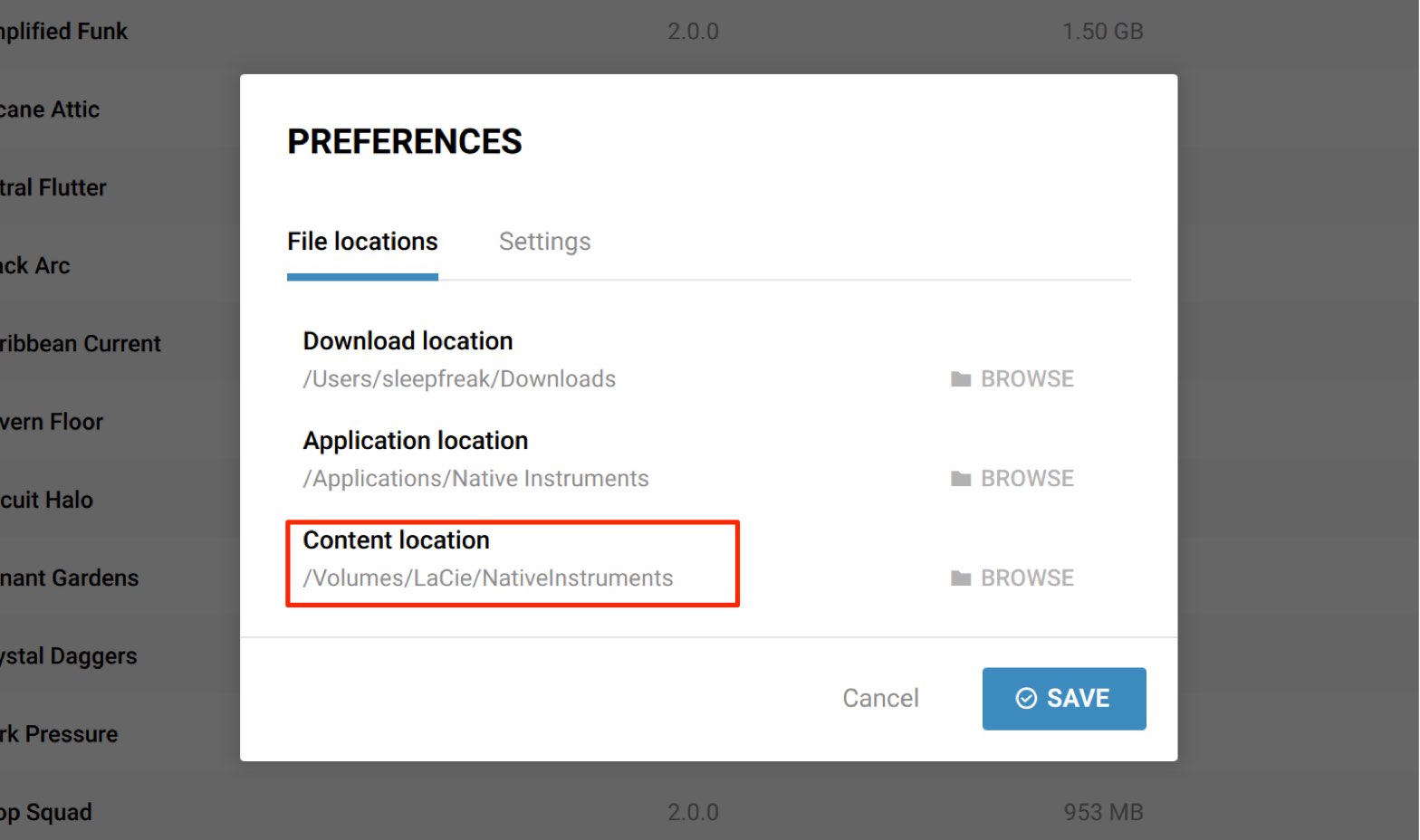
- Native access install update#
- Native access install android#
- Native access install mac#
- Native access install windows#
Native access install android#
The configuration process for displaying and interacting with a map on Android is to:
Native access install update#
You should update the string values to reflect how your app is using the location information: NSLocationAlwaysAndWhenInUseUsageDescriptionĬan we use your location when your app is being used?Ī prompt is then displayed when your app attempts to access the user's location, requesting access: The XML representation for these keys in ist is shown below.
Native access install mac#
iOS and Mac Catalystĭisplaying and interacting with a map on iOS and Mac Catalyst doesn't require any additional configuration. In addition, on iOS, Android, and Mac Catalyst, accessing the user's location requires location permissions to have been granted to your app. Platform configurationĪdditional configuration is required on Android before the map will display. Once the NuGet package has been added and initialized, Map APIs can be used in your project. NET MAUI app project.Īfter installing the NuGet package, it must be initialized in your app by calling the UseMauiMap method on the MauiAppBuilder object in the CreateMauiApp method of your MauiProgram class: public static class MauiProgramįonts.AddFont("OpenSans-Regular.ttf", "OpenSansRegular") įonts.AddFont("OpenSans-Semibold.ttf", "OpenSansSemibold") The Map control is provided by the NuGet package, which should be added to your. This provides a fast, familiar maps experience for users, but means that some configuration steps are needed to adhere to each platforms API requirements. The Map control uses the native map control on each platform. For more information, see Launch the native map app. NET MAUI app on WinUI, to display a map at a specific location or to perform navigation. However, you can still launch the native map app from your.
Native access install windows#
To do this, create a class within the interface definition that extends Structure and add public fields (which may include arrays or nested structures).The Map control isn't supported on Windows due to lack of a map control in WinUI. You may also need to declare native structures to pass to your native functions. The SYNC_INSTANCE is also optional use it if you need to ensure that your native library has only one call to it at a time.ĭeclare methods that mirror the functions in the target library by defining Java methods with the same name and argument types as the native function (refer to the basic mappings below or the detailed table of type mappings). A Map of options may be provided as the third argument to load to customize the library behavior some of these options are explained in more detail below. Alternatively, you can load the library into a local variable so that it will be available for garbage collection when it goes out of scope.

The INSTANCE variable is for convenient reuse of a single instance of the library. Optional: wraps every call to the native library in a // synchronized block, limiting native calls to one at a time Kernel32 SYNC_INSTANCE = ( Kernel32) If the resource is within a jar file it will be automatically extracted when loaded.ĭeclare a Java interface to hold the native library methods by extending the Library interface.įollowing is an example of mapping for the Windows kernel32 library. */ public class HelloWorld is JNA's canonical prefix for native libraries (e.g. ** Simple example of JNA interface mapping and usage.


 0 kommentar(er)
0 kommentar(er)
